EDI reports on most emerging automotive technologies. In this feature, we’ll summarice the top 11 emerging technologies that promise to shift to mainstream in automotive engineering design over the next five years.

1. Autonomous Driving Technology
Autonomous driving technology is set to transform the way we perceive driving by reducing human intervention in vehicle operation. Companies like Waymo, and Uber are at the forefront of developing self-driving cars.
Use Cases
- Ride-sharing services
- Freight and logistics
- Personal vehicles
What’s needed to become mainstream
- Improved safety standards
- extensive testing and validation
- regulatory approvals
- public acceptance.

2. Next Generation Modular Electric Powertrains
The shift towards even more efficient electric powertrains with more-easily replaced modular components is accelerating, driven by the need for sustainable and eco-friendly transportation. Automakers like BYD, NIO, Nissan, and General Motors are leading the charge.
Use Cases
- Electric cars
- Electric buses and trucks
- Electric motorcycles
What’s needed to become mainstream
- More efficient and enhanced battery technology
- increased charging infrastructure
- cost reduction
- government incentives.
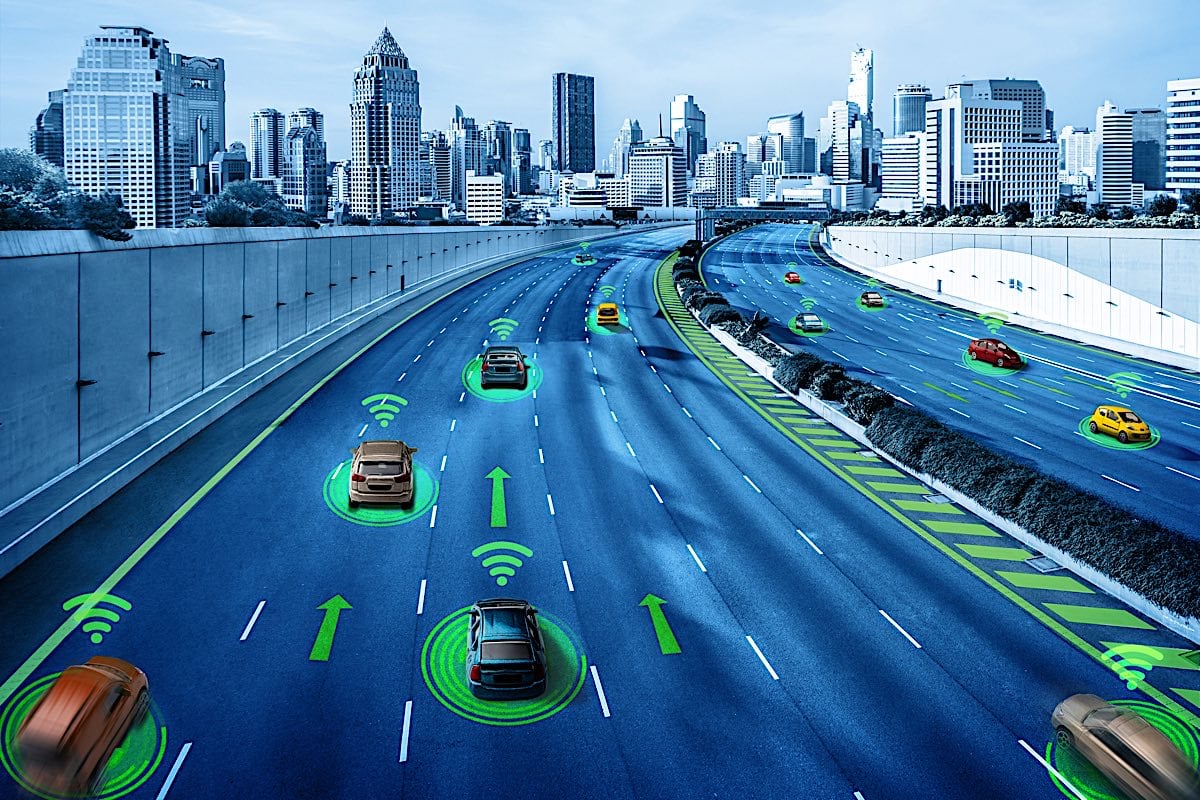
3. Vehicle-to-Everything (V2X) Communication
V2X communication allows vehicles to communicate with each other and with infrastructure, enhancing safety and traffic management. Companies like Qualcomm and Huawei are pioneering this technology.
Use Cases
- Collision avoidance
- Traffic optimization
- Smart city integration
What’s needed to become mainstream
- Standardization of communication protocols
- robust network infrastructure
- widespread deployment.
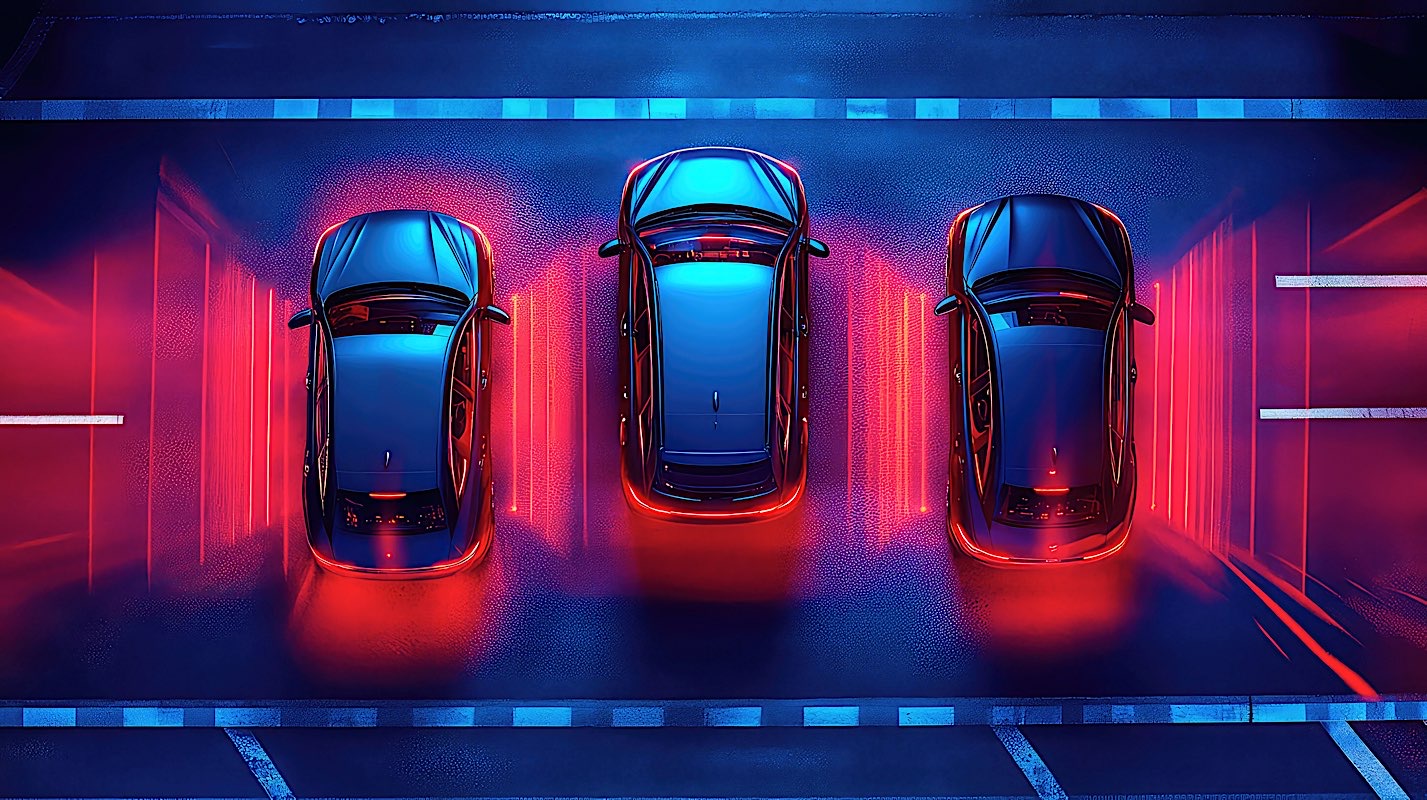
4. Advanced Driver Assistance Systems (ADAS)
Even more sophisticated ADAS technology to further enhance vehicle safety by providing real-time warnings and automated responses. Brands like Bosch and Continental are key players in this domain.
Use Cases
- Lane-keeping assistance
- Automatic emergency braking
- Adaptive cruise control
What’s needed to become mainstream
Integration with autonomous driving systems, cost reduction, and increased consumer awareness. (Source: [URL])
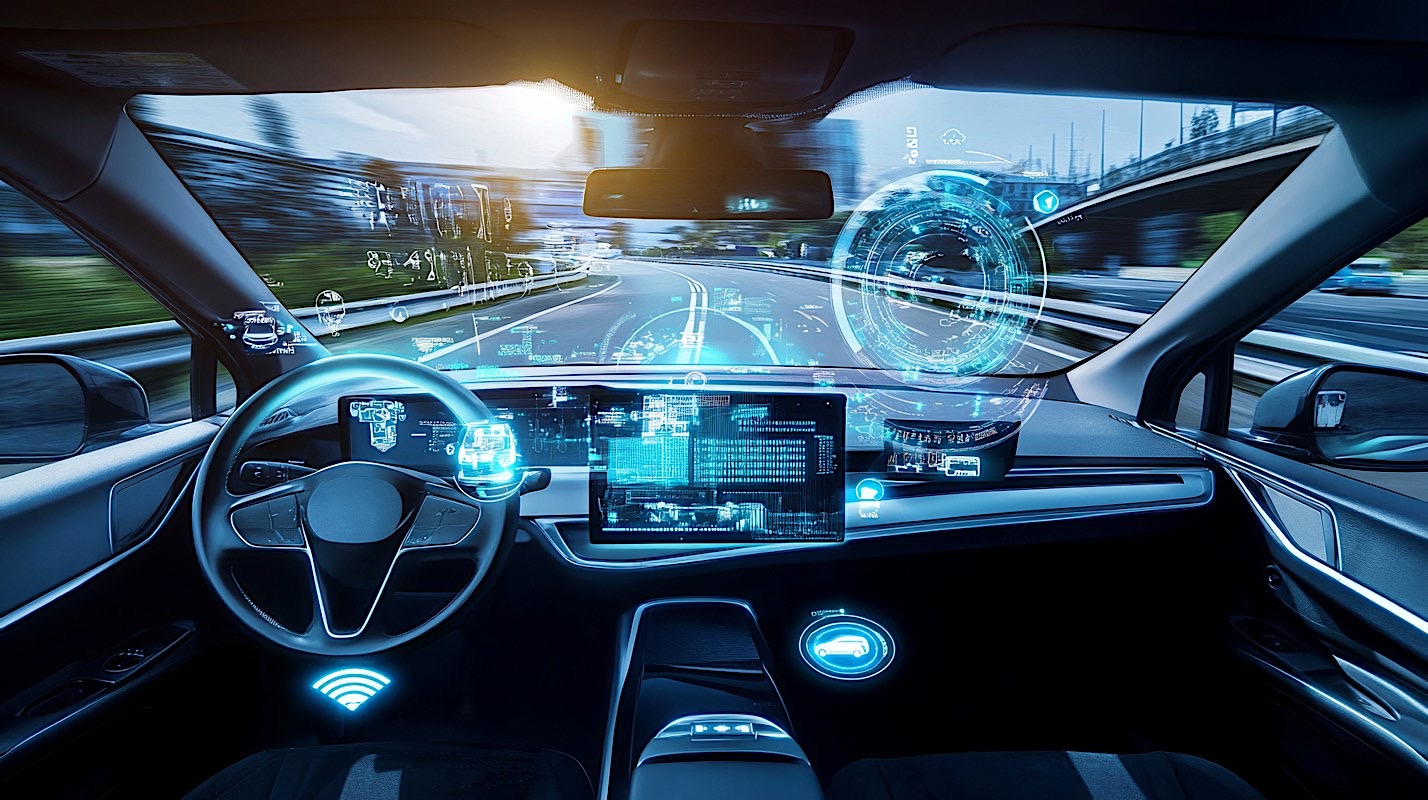
5. Connected Car Technology
Connected car technology integrates cars with the internet, allowing for advanced diagnostics, infotainment, and real-time updates. Companies like IBM and Microsoft are heavily invested in this area.
Use Cases
- Remote diagnostics
- Over-the-air updates
- In-car entertainment
What’s needed to become mainstream
- Reliable and secure network connectivity
- data privacy measures
- consumer trust.
6. Augmented Reality (AR) Dashboards
AR dashboards provide drivers with critical information overlaid on the windshield, enhancing situational awareness. Companies like WayRay and Continental are developing this technology.
Use Cases
- Navigation assistance
- Safety warnings
- Enhanced driving experience
What’s needed to become mainstream
- Cost-effective implementation
- high-quality displays
- user-friendly interfaces.
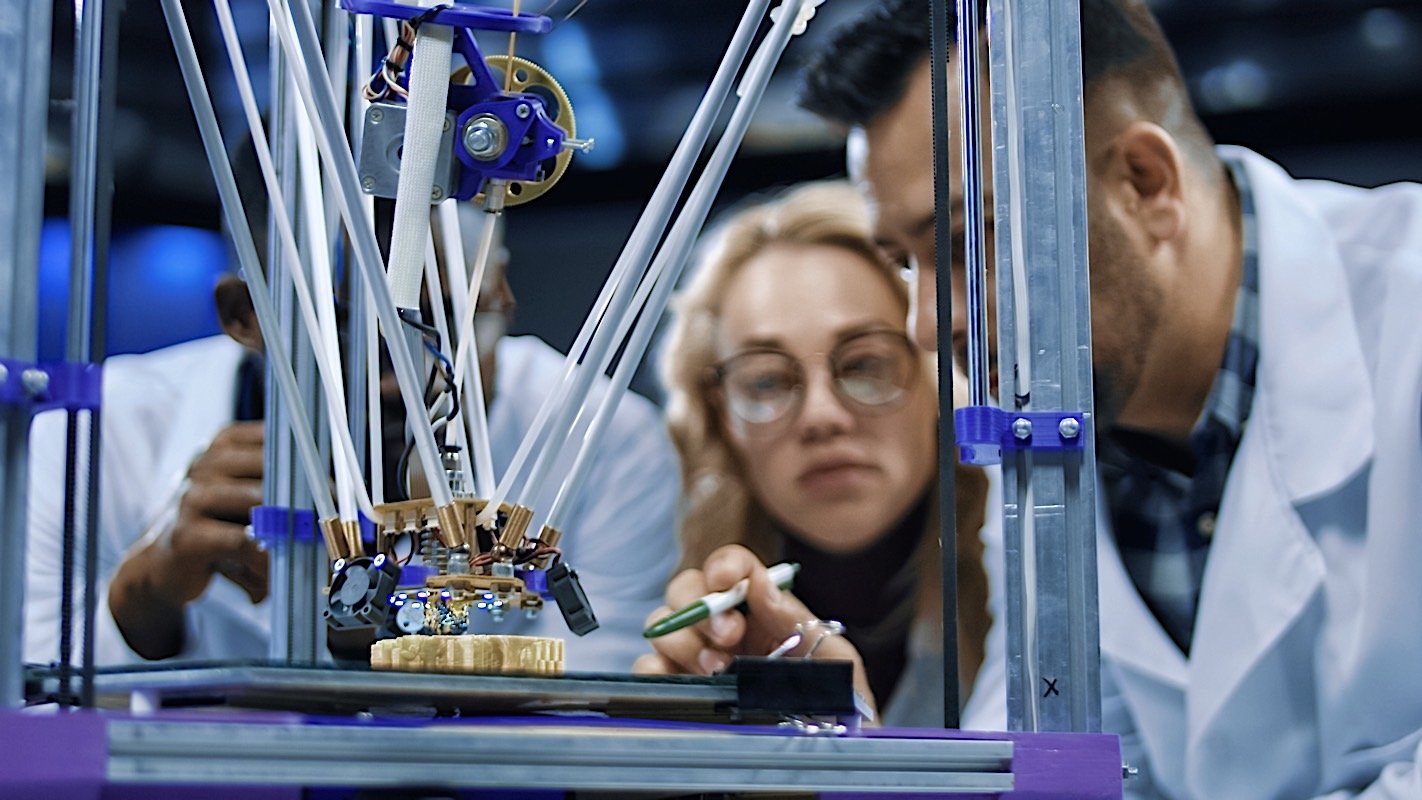
7. 3D Printing in Manufacturing
3D printing is revolutionizing automotive manufacturing by enabling rapid prototyping and the production of complex parts. Companies like Stratasys and Local Motors are leading this innovation.
Use Cases
- Custom parts fabrication
- Tooling and fixtures
- Rapid prototyping
What’s needed to become mainstream
- Cost reduction
- material advancements
- scalability for mass production.

8. Solid-State Batteries
Solid-state batteries promise to improve electric vehicle range and safety compared to traditional lithium-ion batteries. Companies like Toyota and QuantumScape are at the forefront of this technology.
Use Cases
- Electric vehicles
- Portable electronics
- Grid storage
What’s needed to become mainstream
- Manufacturing scalability
- cost reduction
- long-term durability.
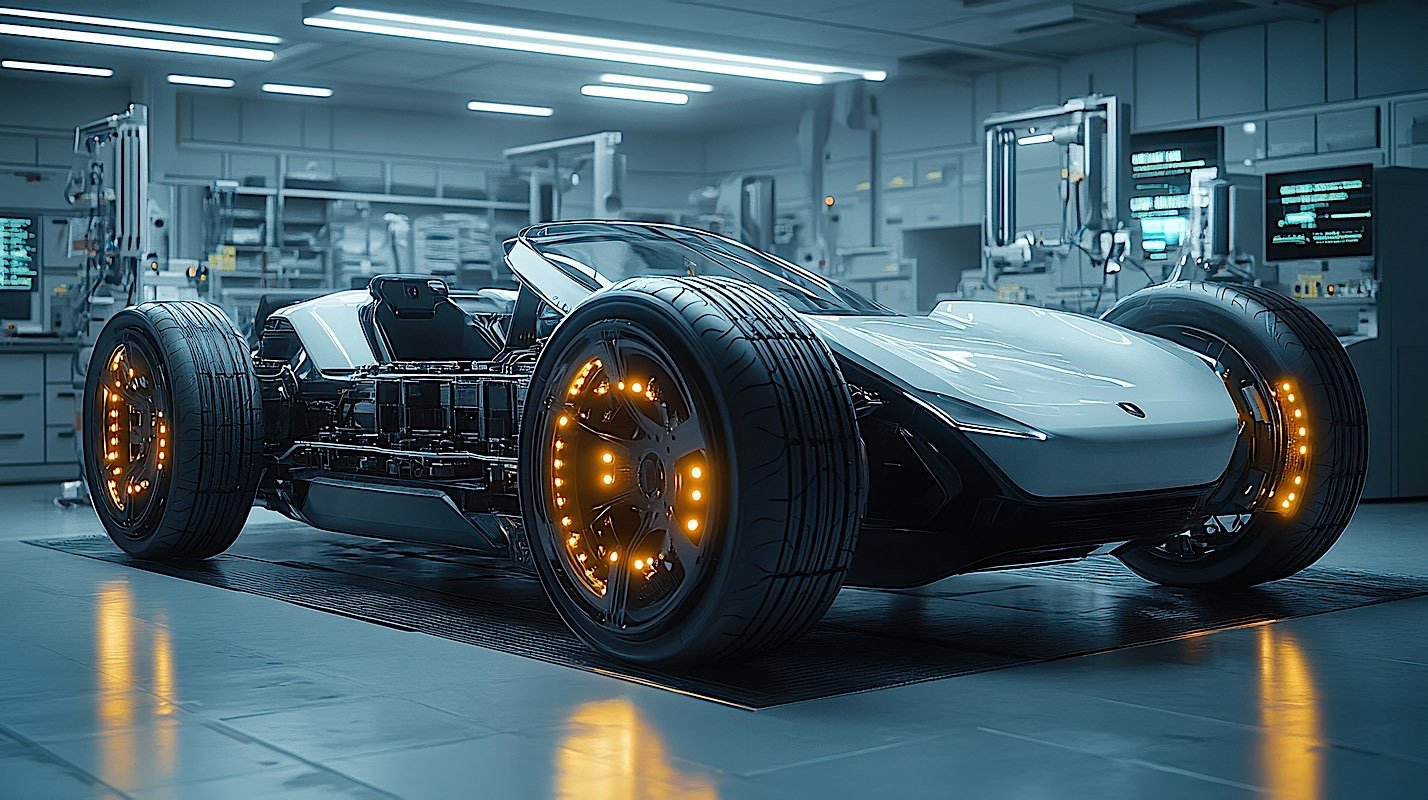
9. Advanced Lightweight Materials
The use of advanced lightweight materials like carbon fiber and aluminum alloys is enhancing vehicle performance and fuel efficiency. Companies like Toray Industries and Alcoa are key suppliers.
Use Cases
- Body panels
- Chassis components
- Engine parts
What’s needed to become mainstream
- Cost reduction
- manufacturing scalability
- material durability in proof-of-use.
10. Hydrogen Fuel Cells
Hydrogen fuel cells offer an alternative to battery-electric vehicles, providing longer ranges and faster refueling times. Toyota and Hyundai are among the leaders in this technology.
Use Cases
- Passenger vehicles
- Buses
- Heavy-duty trucks
What’s needed to become mainstream
- Hydrogen production scaled up
- distribution infrastructure
- cost reduction
- regulatory support.
11. Biometric Vehicle Access
Biometric vehicle access uses fingerprint or facial recognition for vehicle entry and start, enhancing security and convenience. Companies like Bosch and Synaptics are developing these systems.
Use Cases
- Keyless entry
- Personalized settings
- Enhanced security
What’s needed to become mainstream
- Robust and secure biometric systems
- consumer acceptance
- integration with existing vehicle technologies.
The Next Five Years
The next five years promise to be a transformative period for automotive engineering design, with numerous emerging technologies set to redefine the industry. From autonomous driving to hydrogen fuel cells, these innovations will not only improve vehicle performance and safety but also provide a more connected and sustainable driving experience.

































